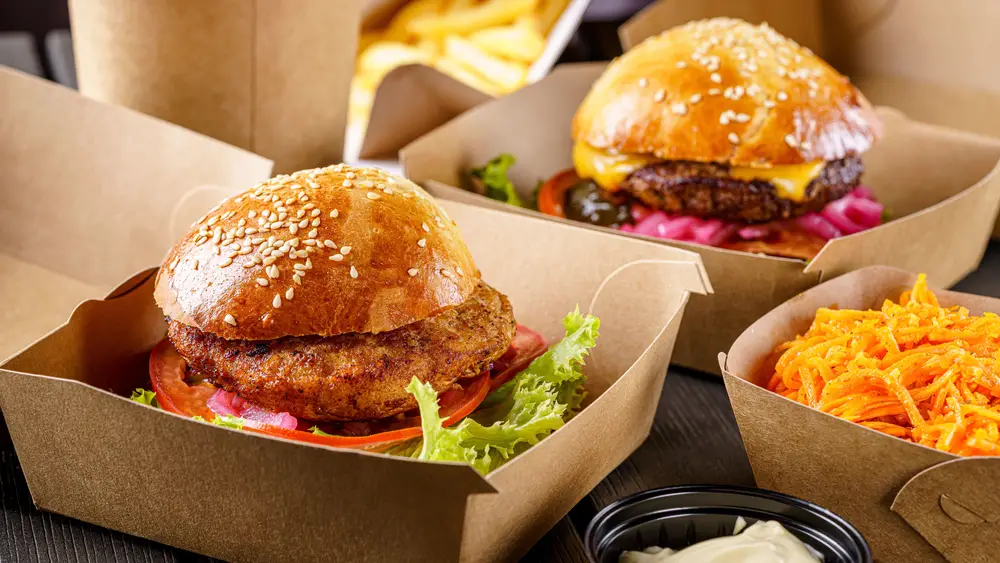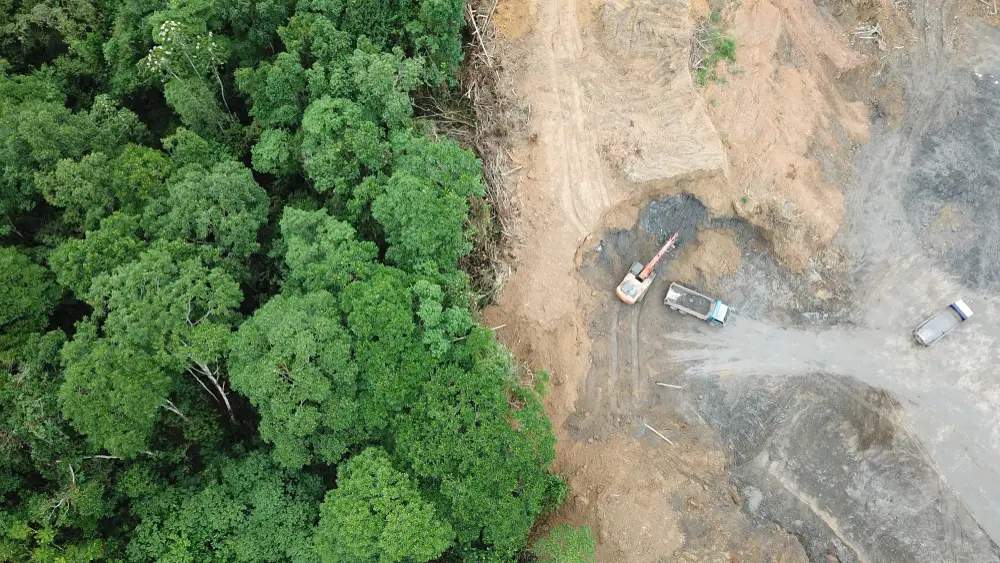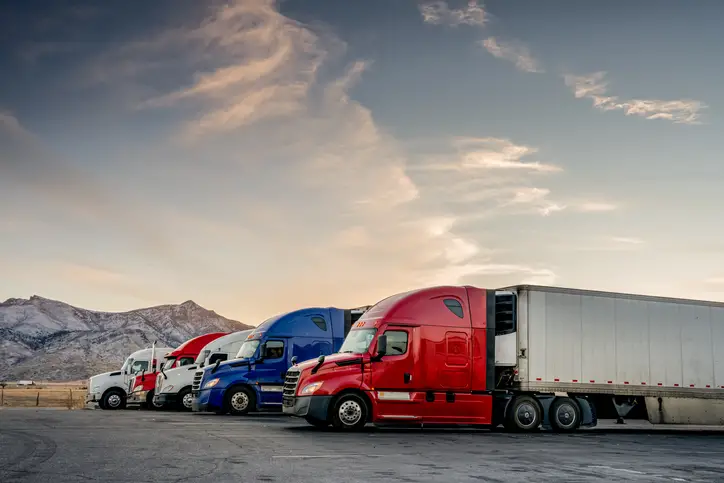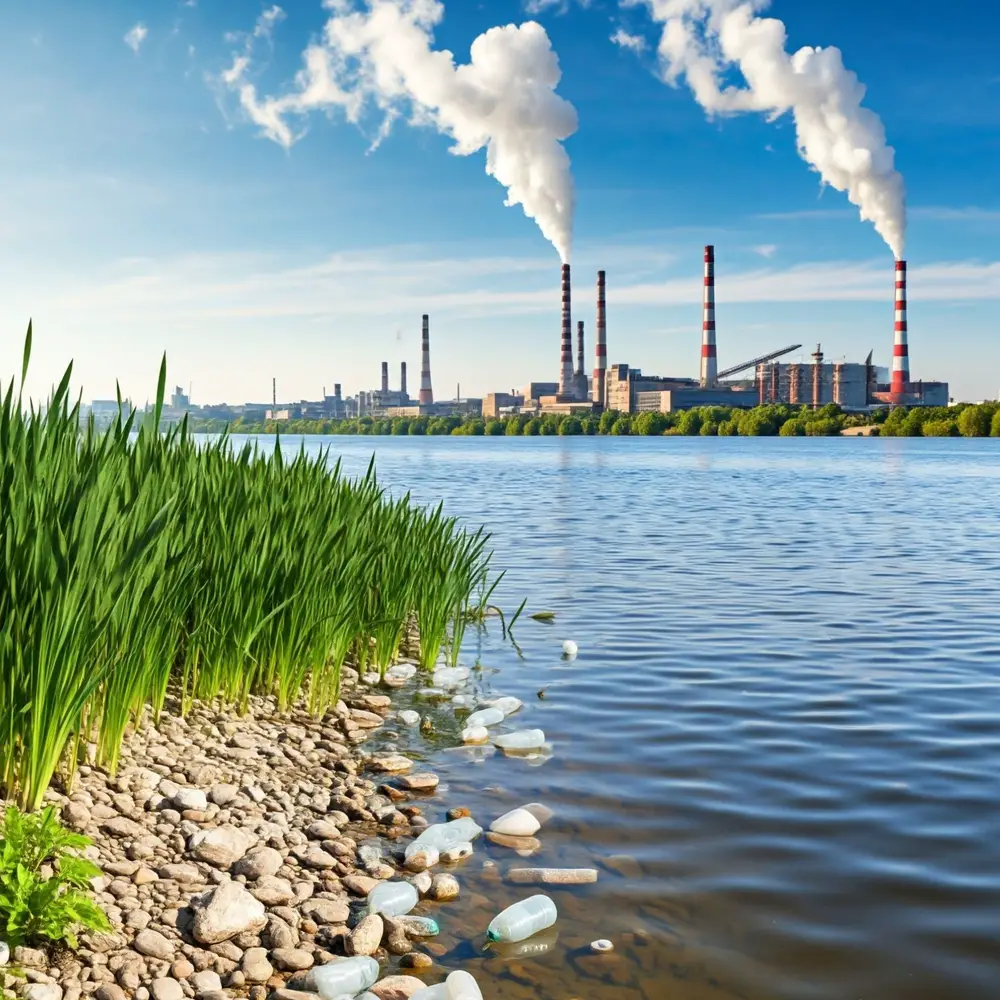Fast food might be your go-to for a quick bite, but have you ever paused to consider the environmental impact of that convenient meal? As we become more conscious about sustainability, it’s crucial to recognize how our food choices, particularly fast food, are affecting the planet. From packaging waste to carbon emissions, here are 13 shocking ways your fast food order is destroying the planet and what you might do about it.
1. The Packaging Problem: More Than Just Wrappers

Every time you order a fast food meal, think about all the packaging that comes with it—wrappers, cups, straws, and bags. This packaging is often made from non-biodegradable materials that accumulate in landfills and oceans. According to the Environmental Protection Agency, packaging is a significant contributor to the 292.4 million tons of waste generated annually in the US alone. Much of this waste is not recyclable due to contamination with food residue. This means that those nifty burger boxes and fry containers are sticking around for a lot longer than your lunch break.
The environmental cost of packaging doesn’t end at waste. The production of single-use packaging materials consumes massive amounts of resources and energy, contributing to deforestation and pollution. While some fast food chains are making strides with sustainable packaging, it’s still a drop in the bucket compared to the global scale of the issue. Next time, consider going for options that minimize packaging or, better yet, bring your own container. By making small changes, you can contribute to reducing this massive waste footprint.
2. The Beefy Carbon Footprint

Everyone loves a good burger, but the beef industry is one of the largest contributors to greenhouse gas emissions. According to a World Resources Institute report, beef production generates more than six times the emissions of chicken and nearly 20 times that of beans, largely due to methane emissions from cattle digestion. This methane is a potent greenhouse gas that has more than 25 times the impact on climate change compared to carbon dioxide.
Additionally, beef production requires vast amounts of water, land, and feed, contributing to deforestation and biodiversity loss. The Amazon rainforest, for instance, is being rapidly cleared to create grazing land for cattle. By opting for plant-based alternatives or reducing beef consumption, you can help lower the demand and, in turn, the environmental degradation associated with beef production. It’s a simple choice with a significant impact on reducing your carbon footprint.
3. The Chicken Chain’s Dark Side

Chicken might seem like a greener option compared to beef, but industrial poultry farming has its own environmental challenges. According to a recent study, large-scale chicken farms contribute to water pollution due to the runoff of manure and chemicals used in feed. This runoff can lead to algal blooms, which deplete oxygen in waterways and harm aquatic life.
Moreover, the overcrowded conditions in which many chickens are raised lead to the spread of diseases, prompting the excessive use of antibiotics. This not only threatens local ecosystems but also contributes to antibiotic resistance, a pressing global health issue. By supporting farms with sustainable practices or choosing plant-based options, you can mitigate these environmental and health impacts. Being mindful of where your food comes from can help drive change in industrial farming practices.
4. The Palm Oil Predicament

Palm oil is an ingredient commonly found in many fast food items, from fries to baked goods. The problem with palm oil is that its production is a leading cause of deforestation, particularly in Indonesia and Malaysia. When forests are cleared to make way for palm oil plantations, it’s not just trees that are lost—entire ecosystems and species are also at risk. Orangutans, tigers, and elephants are among the animals that suffer due to habitat destruction.
The loss of forests also means the loss of carbon sinks, which are vital for mitigating climate change. When these areas are cleared, carbon stored in trees is released back into the atmosphere, contributing to global warming. While some companies are committing to sustainable palm oil, it’s essential to be conscious of this issue and support those making genuine efforts. Opting for products that prioritize sustainable sourcing can make a meaningful difference.
5. Overfishing: More Than Just a Fishy Tale

Seafood lovers might be surprised to learn that overfishing is a significant concern tied to fast food. Many fast food outlets source their fish from large-scale fishing operations that deplete ocean resources at unsustainable rates. Overfishing not only threatens fish populations but also disrupts entire marine ecosystems and food chains. This unsustainable practice can lead to the collapse of fish stocks, affecting both biodiversity and people who rely on fish for their livelihoods.
In addition to overfishing, bycatch—unintended marine life caught during fishing—poses a severe threat to non-target species, including dolphins, turtles, and seabirds. These animals often do not survive when caught, contributing to the decline of vulnerable populations. To combat these issues, look for fast food options that use sustainably sourced seafood. Being informed about where your seafood comes from can help you make choices that support healthy oceans.
6. Transportation Emissions: Food Miles Add Up

The journey your fast food takes to reach your plate significantly contributes to its carbon footprint. Ingredients are often shipped from various locations, sometimes across the globe, resulting in substantial greenhouse gas emissions from transportation. This is especially true for perishable items that require energy-intensive refrigeration every step of the way. These emissions contribute to climate change, with transport accounting for a significant share of global carbon emissions.
In addition to carbon emissions, the energy required for food transport also involves resource-intensive packaging and storage solutions, further exacerbating environmental impacts. By choosing meals made from locally sourced ingredients, you can help reduce the carbon footprint associated with long-distance food transport. Supporting local food businesses and seasonal menus can make a big difference and contribute to more sustainable food systems.
7. The Water Wastage Woes

Water is an essential resource for life, yet the fast food industry is notorious for its water-intensive practices. From growing feed crops for livestock to food processing and preparation, fast food production consumes vast amounts of water. For example, producing a single beef burger can require over 600 gallons of water when you consider every step of the production process. This is problematic in regions where water scarcity is a growing concern.
Fast food chains also contribute to water pollution through runoff containing chemicals and waste products, impacting nearby water bodies and communities. The excessive use of water in cleaning and maintenance in these chains further adds to wastage. By opting for menu items with a lower water footprint and supporting chains committed to sustainable water practices, consumers can play a role in conserving this precious resource. Every drop counts when it comes to protecting our planet’s water supply.
8. The Energy Expenditure in Processing

Fast food might be quick and convenient, but the energy required to bring those meals to your table is anything but efficient. The industrial processes involved in producing fast food items are energy-intensive, from the processing of ingredients to the operation of large-scale kitchens. This energy often comes from non-renewable sources, contributing to greenhouse gas emissions and fossil fuel depletion.
Moreover, the high energy consumption doesn’t end with food production. Fast food outlets themselves are significant energy users, with bright lighting, large kitchen appliances, and climate control systems running constantly. By encouraging energy-efficient practices and seeking alternatives that prioritize renewable energy, consumers can help reduce the environmental impact of their fast food habits. Supporting chains that invest in sustainable energy solutions makes a difference in the long term.
9. The Impact of Industrial Agriculture

Fast food is heavily reliant on industrial agriculture, which has significant environmental ramifications. Industrial agriculture practices often prioritize maximizing yield over sustainability, leading to soil degradation, loss of biodiversity, and pollution from chemical fertilizers and pesticides. These practices affect not only the land but also waterways and local ecosystems far beyond the farms themselves.
Additionally, the monoculture crops commonly used in fast food production deplete soil nutrients and require significant chemical inputs to remain viable. This cycle of dependency on chemicals can harm wildlife and reduce the resilience of agricultural systems to pests and climate change. By choosing food from sources that prioritize sustainable agricultural practices, you can support healthier ecosystems and promote biodiversity. Knowing where your food comes from is a powerful step towards making more environmentally conscious choices.
10. The Unseen Cost of Soy

Soy is a common ingredient in fast food, often used in products like oil, animal feed, and processed foods. However, the cultivation of soybeans has been linked to significant environmental issues, particularly in South America. The expansion of soy plantations is a leading cause of deforestation in the Amazon and Cerrado regions, contributing to the loss of biodiversity and carbon sinks. These areas are critical for maintaining global climate stability and supporting countless species.
Moreover, soy farming is associated with the use of genetically modified organisms (GMOs) and heavy pesticide and herbicide applications, which can impact soil health and water quality. The socio-economic impact on indigenous communities and small farmers is also a concern, as large agribusinesses dominate the market. By supporting companies that source soy responsibly and prioritize sustainability, you can help mitigate these environmental and social challenges. Awareness and informed choices are key to driving change.
11. The Desertification Dilemma

Desertification might not be the first thing you think of when ordering fast food, but it’s a growing environmental crisis linked to certain agricultural practices. Overgrazing, deforestation, and poor land management—often associated with the fast food supply chain—contribute to the degradation of fertile land into desert. This transformation reduces the land’s ability to produce crops, leading to increased food insecurity and loss of livelihoods for local communities.
The livestock industry, in particular, plays a significant role in desertification, as large herds can deplete vegetation and compact soil, making it less fertile. This environmental degradation not only affects agricultural productivity but also contributes to climate change, as desertified areas lose their ability to act as carbon sinks. Supporting sustainable land management practices and reducing consumption of products that contribute to land degradation can help combat desertification. It’s a global issue with local actions that can make a significant impact.
12. The Air Pollution Angle

Air pollution is often overlooked in discussions about fast food, but it’s an environmental concern with far-reaching effects. The production and transportation of fast food ingredients contribute significantly to air pollution, emitting harmful pollutants and particulates. These emissions not only impact climate change but also public health, contributing to respiratory problems and other health issues in communities worldwide.
Fast food outlets themselves can also contribute to local air pollution through cooking processes that release particulates and volatile organic compounds into the atmosphere. By supporting chains that implement cleaner cooking technologies and prioritize local sourcing to reduce transport emissions, consumers can help improve air quality. Every small step towards reducing pollution counts in the fight for a healthier planet and population.
13. The Hidden Cost of Cheap Labor

Fast food’s affordability often comes at the expense of workers and the environment. The industry relies on a global supply chain, where labor practices can lead to exploitation and inadequate working conditions. This not only has social implications but also environmental ones, as workers may not have the means to advocate for sustainable practices. Low wages and poor working conditions create a cycle of poverty that exacerbate environmental degradation.
Furthermore, these labor issues can lead to environmental neglect, as workers without fair wages or proper training may not be incentivized or able to implement eco-friendly practices. By supporting fair trade and companies that prioritize sustainable and ethical labor practices, consumers can help break this cycle. When we value the people who produce our food, we also value the ecosystems that sustain us. Making conscious choices about where and how we spend our money can influence positive change.
